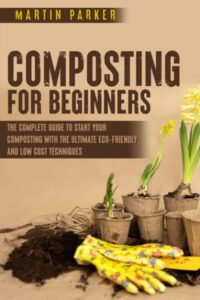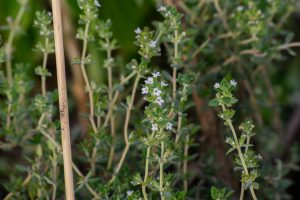Welcome to our guide on mastering the balance of green and brown materials in composting! In this article, we dive into the essential tips and tricks to create the perfect compost mixture. By understanding the right proportions of nitrogen-rich greens and carbon-dense browns, we can ensure our compost is rich, healthy, and breaks down efficiently. Let’s work together to transform our kitchen scraps and yard waste into valuable, nutrient-rich compost that benefits our gardens and the environment. How do we balance green and brown materials in compost? This is a common question among gardening enthusiasts and eco-conscious individuals looking to make the most out of their waste. Composting is an excellent way to recycle organic materials and create nutrient-rich soil for our gardens. However, achieving the right balance of green and brown materials can be a bit tricky. Let’s dive into this topic and explore how we can effectively balance these components for optimal composting.
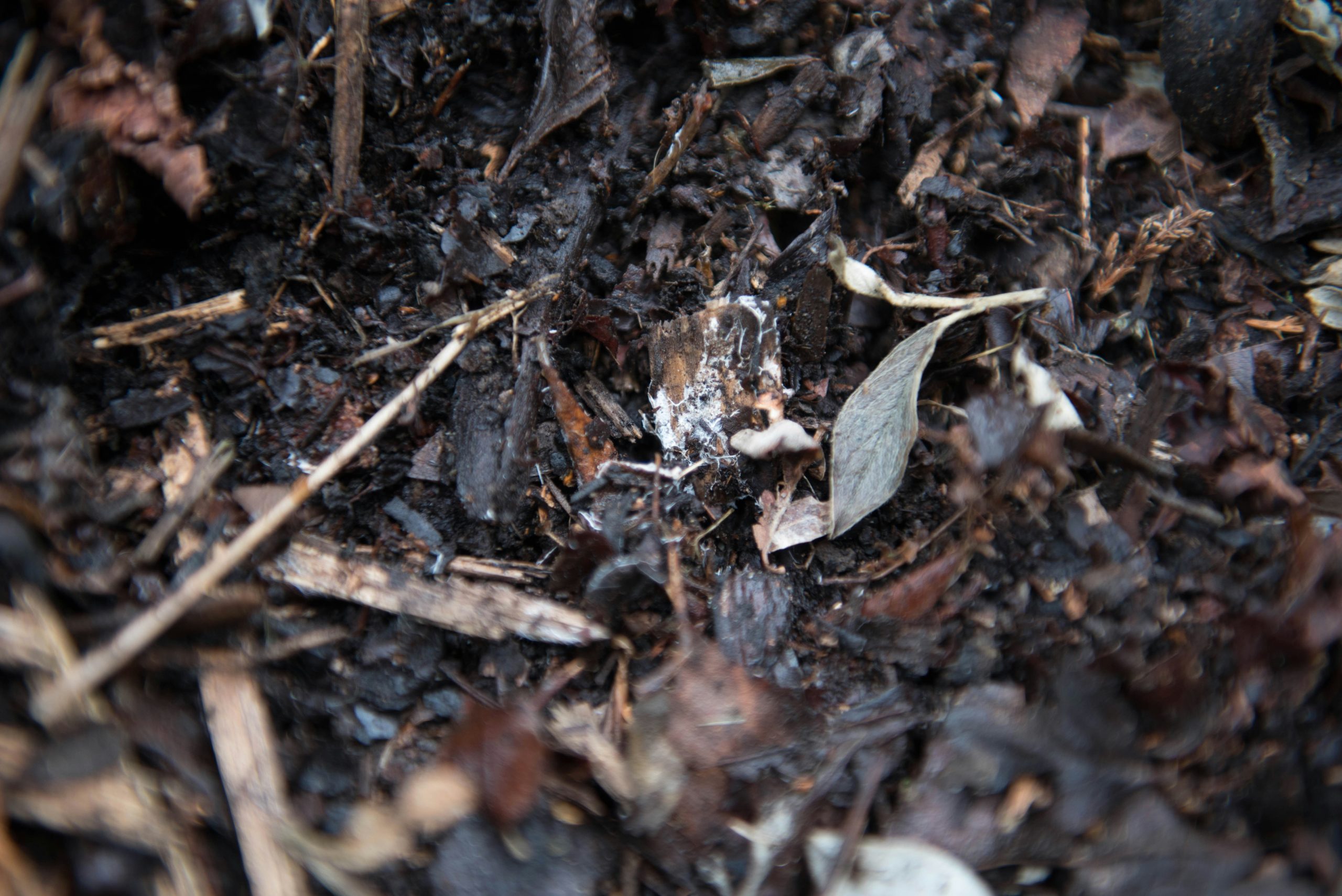
Understanding Green and Brown Materials
Before we delve into the balance, we need to understand what green and brown materials are. They essentially fall into two categories based on their nitrogen and carbon content, respectively.
What Are Green Materials?
Green materials are rich in nitrogen and are essential for the microbial activity that breaks down compost. These materials are usually moist and sticky, helping to foster the necessary biological processes.
Examples of green materials include:
- Vegetable scraps
- Fruit peels
- Coffee grounds
- Grass clippings
- Manure (herbivores only)
What Are Brown Materials?
Brown materials are carbon-rich and play a crucial role in providing energy for microbes. These materials are typically dry and bulky, assisting in aeration and preventing the compost from becoming too soggy.
Examples of brown materials include:
- Dead leaves
- Straw and hay
- Cardboard and paper (shredded)
- Wood chips and sawdust
- Pine needles
The Importance of Balance
Balancing green and brown materials is vital for creating a healthy and effective compost pile. Too much green material can lead to a smelly, anaerobic pile, while an excess of brown material can slow down the decomposition process. The ideal balance enables the compost to decompose efficiently, producing rich, earthy soil without unpleasant odors.
The Carbon to Nitrogen (C:N) Ratio
For optimal composting, scientists and experienced gardeners recommend a Carbon to Nitrogen (C:N) ratio of about 30:1. This means the compost pile should contain 30 parts carbon to 1 part nitrogen. While this might sound complicated, there’s no need to stress over exact measurements. Instead, aim for a rough balance using volumetric proportions.
How to Achieve the Right Balance
Let’s discuss some practical steps to help us achieve the ideal green-to-brown materials ratio in our compost piles.
Assessing Your Available Materials
First, take stock of the materials you have available. Are we working with more kitchen scraps and grass clippings (green materials), or do we have an abundance of leaves and cardboard (brown materials)? Understanding our inputs can help us plan a more balanced compost pile.
Layering Technique
We can use the layering technique to balance our compost ingredients. Remember to start with a base layer of coarse materials like small twigs or straw to aid in drainage and aeration.
- First Layer (Brown): Add a few inches of brown materials such as dried leaves or cardboard.
- Second Layer (Green): Follow with a thin layer of green materials like vegetable scraps or grass clippings.
- Alternate Layers: Continue alternating between brown and green layers, ensuring the pile remains moist but not waterlogged.
| Material | Layer | Thickness (in inches) |
|---|---|---|
| Coarse Materials | Base | 2-4 |
| Brown Materials | 1st | 3-4 |
| Green Materials | 2nd | 2-3 |
Composting in Batches
Composting in batches can help us maintain better control over the green-to-brown ratio. Start a new pile once the current one is sufficiently large, and periodically check to adjust the balance if necessary. A pile too high in green materials can be balanced by adding more browns, and vice versa.
Moisture and Aeration
Maintaining the right moisture level is crucial for effective decomposition. The compost should be kept as moist as a wrung-out sponge. If it becomes too dry, add water and more green materials. Conversely, if it’s too wet, add more brown materials and consider turning the pile more frequently to promote aeration.
Size Matters
The size of our compost pile can also influence its effectiveness. A pile that’s too small may struggle to maintain the heat necessary for breakdown, while an overly large pile can become difficult to manage. Aim for a pile that’s about 3x3x3 feet. This size is manageable and generally sufficient to generate the heat required for composting.
Common Myths and Misconceptions
There are several myths and misconceptions about composting that we might come across. Clarifying these can help us avoid mistakes and misconceptions.
Myth 1: Compost Piles Must Be Turned Frequently
While turning the compost pile can accelerate decomposition, it’s not strictly necessary for a pile to break down. Composting will still occur without turning; it will just take longer. For faster results, turn the pile every few weeks, but don’t stress if you miss a turn.
Myth 2: Adding More Green Materials Makes the Compost Hotter
Although green materials contribute nitrogen, it’s the balance with brown materials that truly drives the composting process. An excessive amount of green materials without enough browns can lead to a sludgy, smelly pile. Stick to the balance for the best results.
Myth 3: All Organic Materials Are Suitable for Compost
Not all organic materials are compost-friendly. While green and brown materials are essential, avoid adding meat, dairy, diseased plants, and pet waste. These can attract pests and potentially create harmful pathogens in the compost.
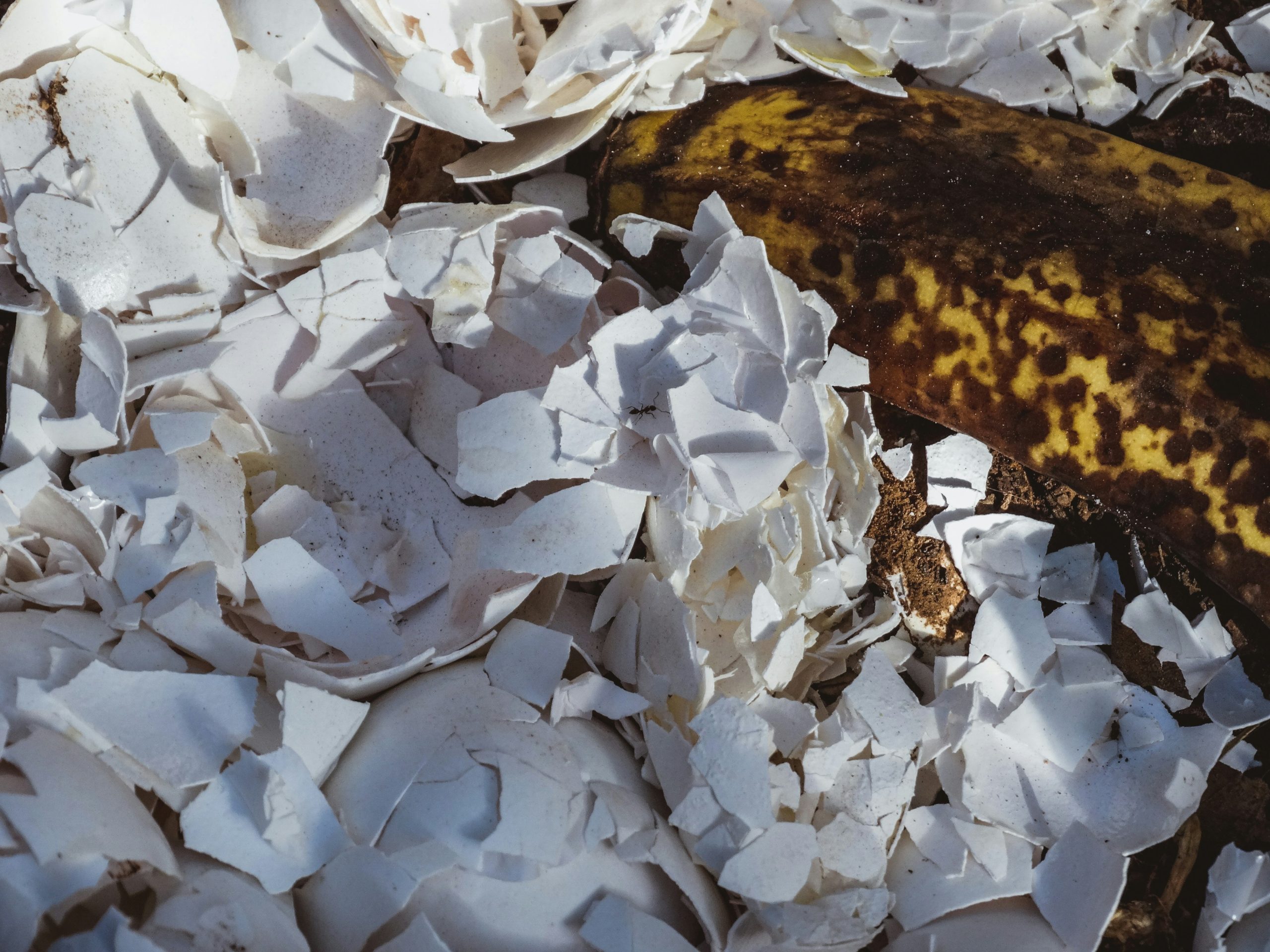
Troubleshooting: Common Issues
Sometimes even with the best intentions, issues can arise in composting. Here are some common problems and how to address them.
Issue 1: The Compost Pile Smells Bad
A foul-smelling compost pile indicates an imbalance, often due to excess green materials or poor aeration. To fix this, add more brown materials like shredded paper or dead leaves. Additionally, turning the pile can help improve aeration.
Issue 2: The Compost Pile Is Too Dry
If our compost pile is too dry, decomposition will slow down significantly. Adding more green materials or water can help. Regularly check the moisture level and adjust as necessary.
Issue 3: The Compost Pile Is Not Heating Up
A compost pile that doesn’t heat up may be too small, too dry, or lack balance. Check the size and water content first. If those are adequate, consider adding more green materials to kickstart the microbial activity.
Issue 4: Presence of Pests
Pests, such as rodents and flies, are attracted to the compost pile if it contains unsuitable materials like meat or dairy. Always avoid these items and ensure the pile is well covered with a layer of brown materials to deter pests.
Making the Most of Our Compost
After all our efforts, we’ll eventually have rich, well-balanced compost ready to use. Here’s how we can make the most of our homemade compost:
Using Compost in the Garden
We can use our compost to enrich garden soil, potting mixes, or as a top dressing for lawns. Spread a layer over garden beds to improve soil structure and provide nutrients to plants. Mixing compost into potting soil can enhance moisture retention and aeration for potted plants.
Compost Tea
For a nutrient boost, compost tea can be an excellent liquid fertilizer. To make it, steep a bag of compost in water for a couple of days, then use the liquid to water plants.
Soil Amendment
Compost acts as a vital soil amendment also. It helps in breaking down heavy soils and adding structure to sandy soils. Mix compost directly into planting holes to give seedlings a nutrient-rich start.
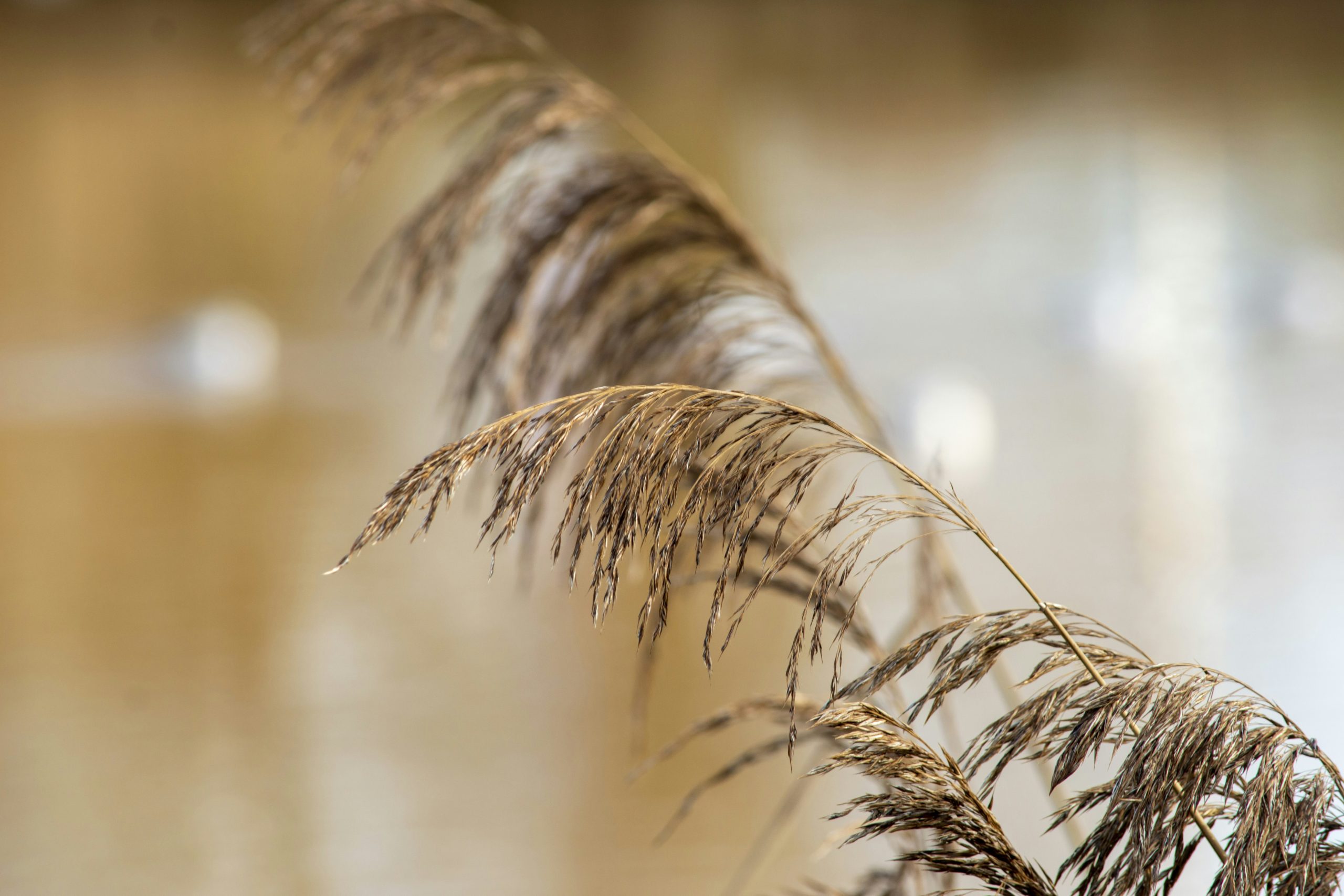
Conclusion
Balancing green and brown materials in compost is both an art and a science. By understanding the characteristics and roles of each type of material, assessing our available inputs, using the proper techniques, and addressing common issues, we can create a healthy and productive compost pile. Through patience and practice, we can turn our kitchen scraps and yard waste into rich, beneficial compost that will nourish our gardens and contribute to a more sustainable world. Happy composting!

